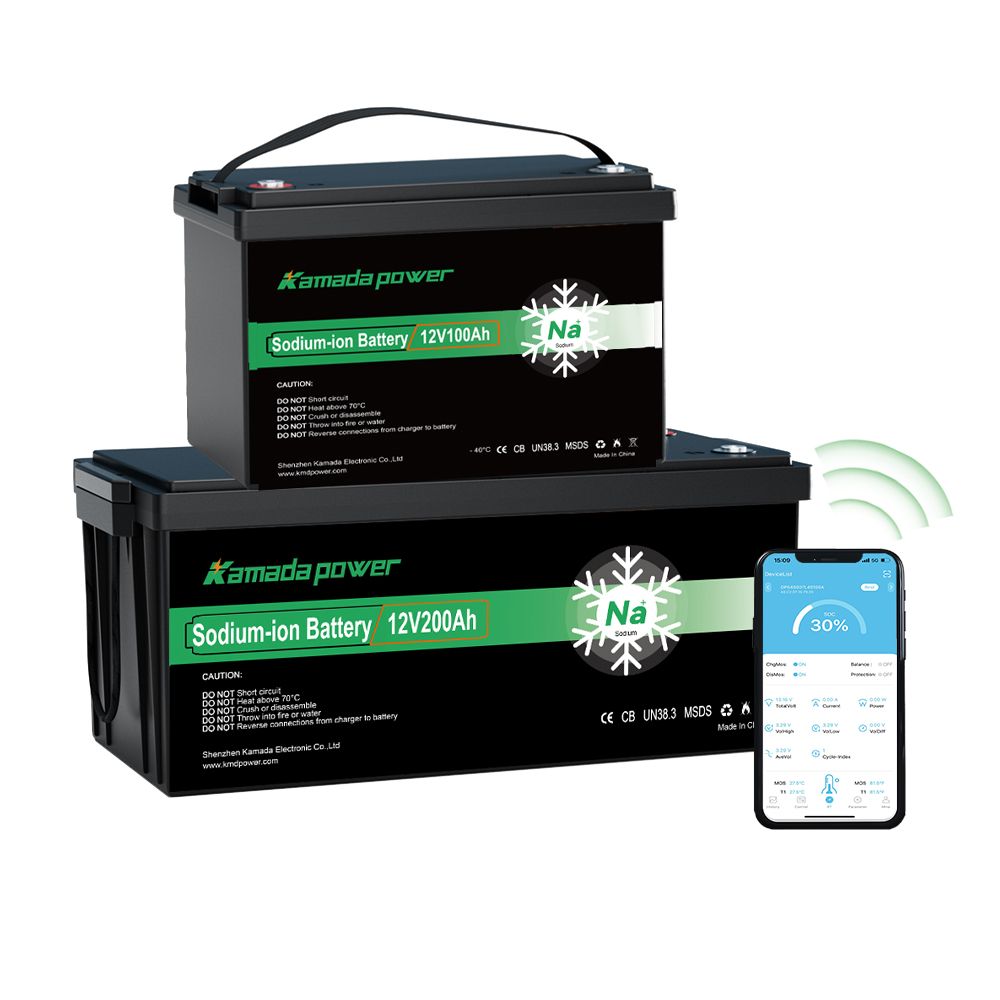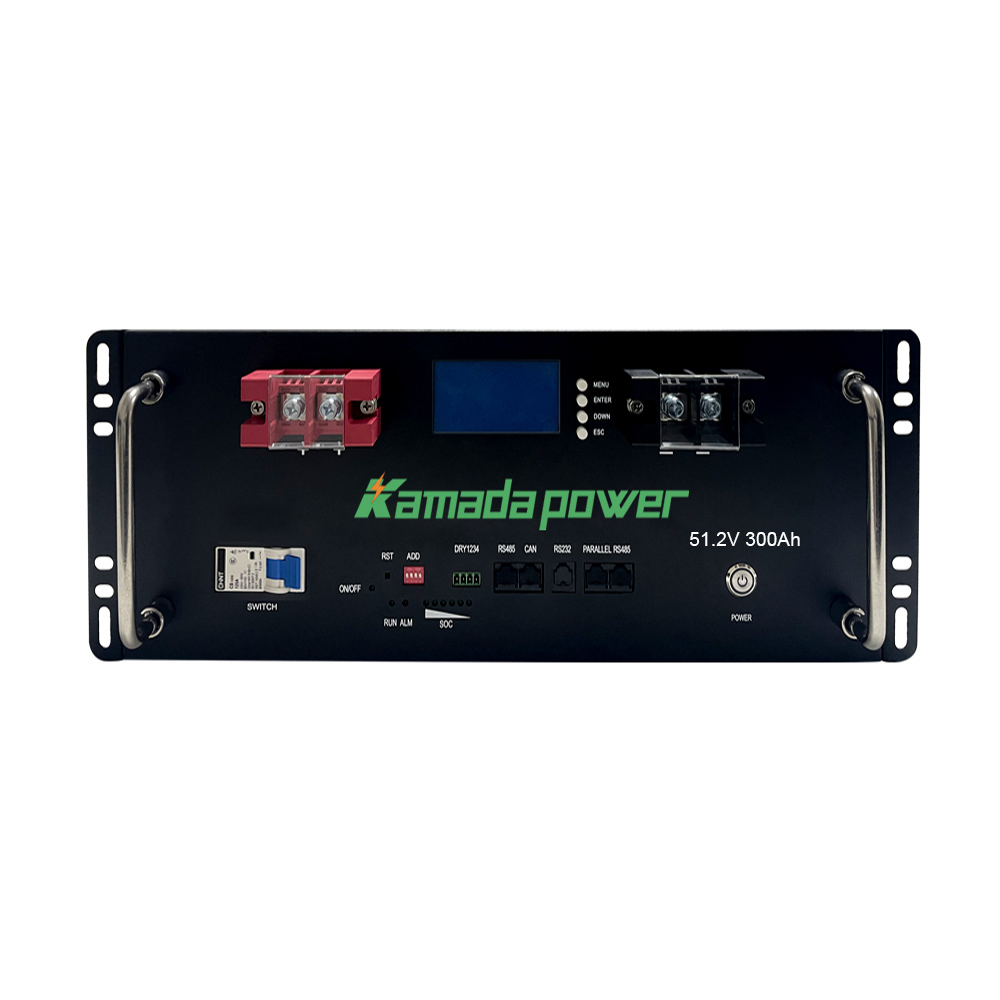Forestil dig dette: Klokken er 2 om natten, og dit datacenter er i gang med en kritisk batchproces. Eller måske er din automatiserede produktionslinje i gang med en præcisionsopgave. Pludselig flimrer anlæggets lys - bare et kort udfald i nettet. I serverrummet genstarter et rack lydløst. Nu er processen ødelagt, du har mistet flere timers arbejde, og et team må rykke ud. Den lille strømafbrydelse har lige kostet dig tusindvis af kroner.
Den knugende følelse af et tab, der kunne være undgået? Et UPS-batteri er svaret.
Lad os komme til sagen. Et UPS-batteri (Uninterruptible Power Supply) er hjertet i det system, der leverer øjeblikkelig, midlertidig elektricitet til dine tilsluttede enheder i det øjeblik, hovedstrømmen svigter. Tænk på det som en kritisk bro, der giver dig tid til enten at lukke udstyret sikkert ned, eller til at en backup-generator kan starte op og tage over. I denne vejledning ser vi nærmere på, hvad et UPS-batteri gør, og hvorfor det er en uomgængelig del af enhver seriøs infrastruktur.

12v 100ah lifepo4 batteri

12v 100ah natriumion-batteri

51.2v 300ah 15kwh server rack batteri
De 4 kernefunktioner i et UPS-batteri
Mange tror, at en UPS bare er et simpelt backup-batteri. Selv om det er dens mest berømte opgave, er dens virkelige rolle langt mere sofistikeret.
1. Øjeblikkelig strømbackup: Forebyggelse af datatab og nedetid
Dette er job nummer et. Når strømmen forsvinder, skifter en UPS til sit interne batteri i løbet af få millisekunder. Det er så hurtigt, at din elektronik ikke engang ved, at det er sket. For en detailforretning betyder det, at et POS-system (Point-of-Sale) ikke går ned midt i en transaktion. For et laboratorium betyder det, at et følsomt datalogningsinstrument holder fast i et uvurderligt eksperiment. Det er den øjeblikkelige reaktion, der forhindrer en katastrofe.
2. Beskyttelse af udstyr: Dit skjold mod "beskidt strøm"
Her er noget, som mange overser: En UPS fungerer ikke kun under totale strømafbrydelser. Vores erfaring med industrikunder viser, at de langsomme, slibende skader fra dårlig strømkvalitet er lige så dyre. Elnettet er ikke perfekt. Det er fuld af:
- Overspænding og spidser: Pludselige spændingsstød, ofte fra lynnedslag eller selve nettet, der bliver skiftet.
- Strømafbrydelser: Langvarige perioder med lav spænding, der udsulter og stresser strømforsyningen.
- Linjestøj: En knitren af elektromagnetisk interferens (EMI), der kan forvrænge data på følsomme kredsløb.
Det er her, en god UPS gør sig fortjent til sit arbejde. Den behandler aktivt den "beskidte" strøm, tager slagene, så dit udstyr ikke behøver at gøre det, og leverer en ren, stabil sinusbølge. Alene dette kan forlænge levetiden for dine servere, PLC'er og industrielt udstyr dramatisk.
3. Sikker nedlukning af broen: Nåde under pres
Lad os være realistiske. Medmindre du har et stort kommercielt ESS (Energy Storage System), er det ikke meningen, at et standard UPS-batteri skal drive hele din virksomhed i timevis. Dets hovedformål er at give en "køretid" - normalt 5 til 15 minutter - til en kontrolleret, elegant nedlukning. Det er din mulighed for at gemme filer, afslutte ventende opgaver og slukke korrekt for operativsystemer for at stoppe datakorruption.
4. Forretningskontinuitet: At holde kritiske operationer kørende
Under en kort strømafbrydelse holder en UPS din virksomheds nervesystem i live. Vi taler om VoIP-telefonsystemer, netværksroutere og sikkerhedskameraer. De forbliver alle tændt. Til højt specialiserede anvendelser som marine backup-strøm kan en UPS betyde forskellen mellem at have navigations- og kommunikationssystemer online eller gå i sort i et kritisk øjeblik.
Hvordan fungerer et UPS-batteri?
Det er en vidunderlig enkel, men vigtig proces. Her er en oversigt.
- Standby-tilstand: På en normal dag strømmer vekselstrøm fra stikkontakten lige igennem UPS'en. Den forsyner dit udstyr med strøm og holder samtidig det interne batteri opladet og klar.
- Skiftet: I det øjeblik UPS'en registrerer et strømproblem, slår en intern kontakt om og aktiverer batterikredsløbet. Med det samme.
- Inverterens opgave: Selve batteriet leverer jævnstrøm. UPS'ens indbyggede inverter går straks i gang med at konvertere jævnstrømmen tilbage til den rene vekselstrøm, som dit udstyr har brug for.
For dem af jer, der håndterer mere følsomt industrielt udstyr, vil I ofte støde på Online dobbeltkonvertering systemer. Disse enheder giver den ultimative beskyttelse, fordi de altid Kør dit udstyr fra inverteren og skab en permanent buffer mellem dig og det uforudsigelige elnet. Der er ingen overførselstid.
Hvad eksperter ser efter i et UPS-batteri
Når en indkøbsansvarlig eller ingeniør specificerer en UPS, bevæger samtalen sig hurtigt ud over den simple backup-tid. Det er her, den virkelige B2B-samtale starter.
Batteriteknologi: SLA vs. litium-baseret
I vores verden har diskussionen om batterikemi ændret sig fuldstændigt. Traditionelle forseglede blysyrebatterier (SLA) er stadig et solidt, omkostningseffektivt valg til grundlæggende opsætninger. Men litium-jernfosfat (LiFePO4), en hårdfør og stabil type Li-ion, dominerer nu professionelle anvendelser. Hvorfor er det sådan? Meget lavere samlede ejeromkostninger (TCO).
| Funktion | Forseglet bly-syre (SLA) | Litium-jernfosfat (LiFePO4) |
|---|
| Livets cyklus | 200-500 cyklusser | 2.000-5.000+ cyklusser |
| Levetid | 3-5 år | 8-10+ år |
| Vægt | Tungt | ~50% Lighter |
| TCO | Lav startpris, høj vedligeholdelse | Høj startpris, lav vedligeholdelse og udskiftning |
Og hold øje med ny teknologi. Natrium-ion (Na-ion) batteripakker er for alvor ved at vinde indpas i stationær lagring. Deres fantastiske ydeevne i ekstrem varme og kulde, plus potentialet for lavere langsigtede omkostninger, gør dem til en meget interessant mulighed for telekommunikations- og grid-backup-systemer.
Konklusion
Så hvad bruges et UPS-batteri til? Det er din første forsvarslinje. Det er et aktivt, smart system, der ikke bare leverer backup-strøm, men også vital strømkonditionering og en sikker bro til at lukke alting ordentligt ned.
Investering i rigtigt Et UPS-system er ikke bare endnu en udgiftspost. Det er en forsikringspolice for din hardware, dine data og din oppetid. Det er den tavse vogter, der redder dig fra dyre hovedpiner, når lyset går ud.
Står du over for en vanskelig udfordring med strømbeskyttelse til dit industrielle udstyr eller datacenter? Lad os tale om detaljerne. Vi kan gennemgå dine krav til belastning og specificere en løsning, der virkelig beskytter dine aktiver.Kontakt Kamada Power I dag.
OFTE STILLEDE SPØRGSMÅL
1. Vil min UPS stadig yde overspændingsbeskyttelse, hvis batteriet er dødt?
Som regel ja. Overspændingsbeskyttelseskredsløbene i de fleste UPS-enheder vil stadig fungere, selv om batteriet er helt fladt. Men du vil ikke have nogen backup-køretid, hvilket ødelægger hele pointen. Den blinkende "udskift batteri"-lampe er ikke et forslag - det er en advarsel, du ikke bør ignorere.
2. Hvad er den rigtige måde at bortskaffe gamle UPS-batterier med blysyre på?
Disse batterier indeholder bly og er farligt affald, så smid dem aldrig nogensinde bare i skraldespanden. Den rigtige måde er at returnere dem til en batterileverandør eller tage dem med til en certificeret genbrugsstation for e-affald eller farligt affald. De fleste gode forhandlere vil endda tage dem tilbage gratis.
3. Er det OK at tilslutte en strømskinne til en UPS-batteribackup-stikdåse?
Det må du absolut ikke. Det er en klassisk fejl, der kaldes "daisy-chaining", og helt ærligt er det en af de hurtigste måder at overbelaste din UPS på og få den til at svigte, når du har mest brug for den. Det vil næsten helt sikkert også gøre din garanti ugyldig. Slut kritiske enheder direkte til UPS'en.
4. Hvad hvis mit udstyr skal køre i længere tid, end en standard UPS tillader?
Det er et meget almindeligt behov for kritiske systemer. Løsningen er at købe en UPS-model, der understøtter eksterne batterimoduler (EBM'er). Det er simpelthen matchende batteripakker, som du kan koble til hovedenheden for at forlænge din driftstid fra minutter til timer, alt afhængigt af dit strømforbrug. Det er vigtigt at dimensionere det korrekt.